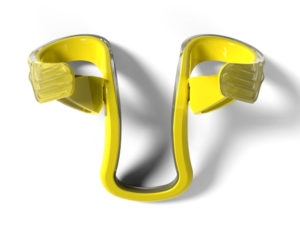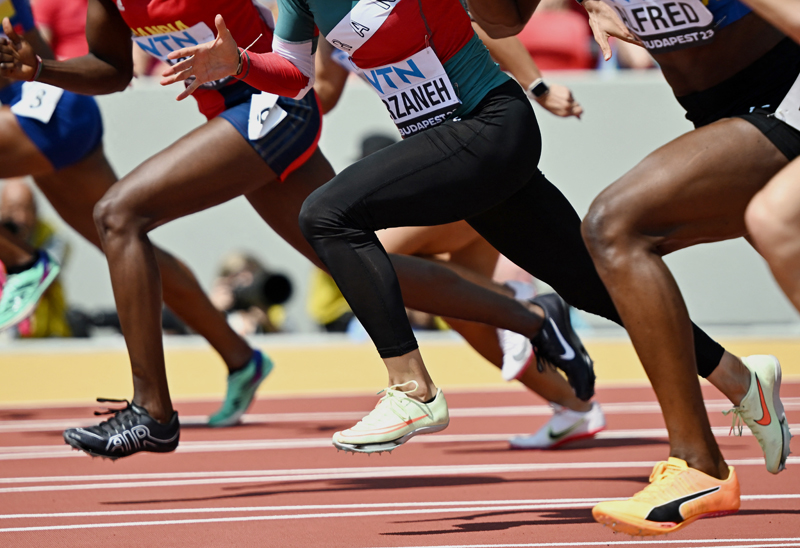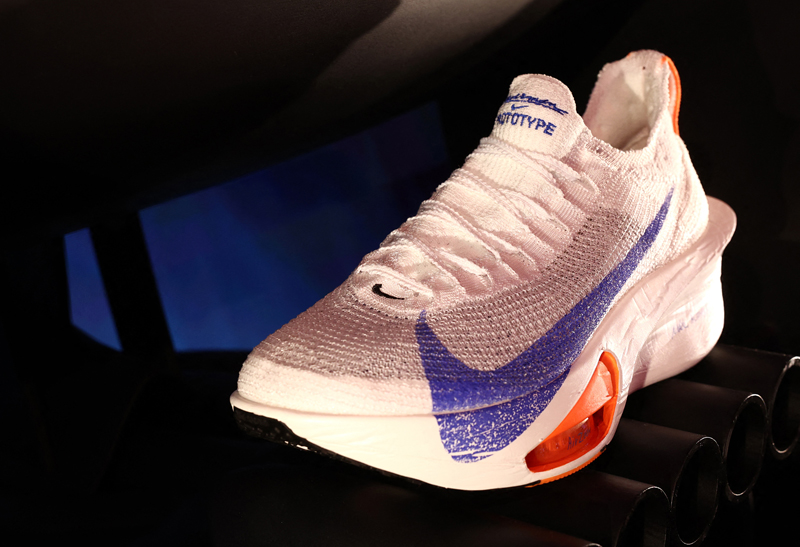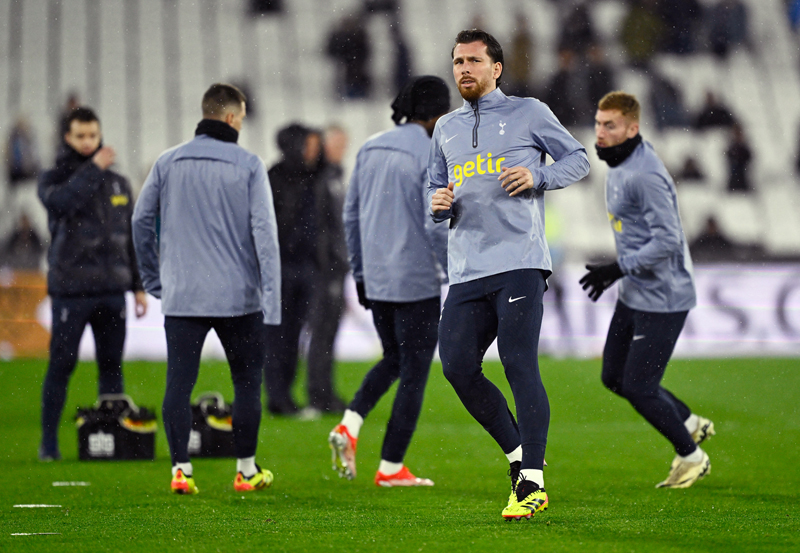Heaven nose

In recent years, eagle-eyed cycling fans among you may have noticed something odd about the noses of some of the top pros such as Chris Froome - they’ve either got something stuck up them or fixed on them! Nasal dilator devices such as the ‘Turbine’, which is inserted into the nasal passages, and ‘Breathe Right’, which consists of strips placed on the exterior of the nose have become increasingly popular among cyclists, runners and triathletes (see figures 1 and 2). These devices claim to work by widening the nasal passage and increasing the ease of airflow through the nostrils into the windpipe and lungs. In theory, this means less work for the diaphragm muscles and therefore more energy available to the working muscles. But just how effective are they and should you consider using them? The research conducted so far on external nasal dilators has been rather inconclusive, while until recently, there has been very little published research at all on internal dilators – all of which makes the results of an Aussie study into the benefits of nasal dilators very interesting indeed [ J Sci Med Sport. 2016 Sep 1. pii: S14402440(16)30161-X].
The research
The goal of this study was to look at the effects of external and internal nasal dilation devices on cycling economy (how efficiently the cyclists were able to use oxygen in their muscles) and also 20km time trial performance. To do this, fifteen trained cyclists completed three exercise sessions, each consisting of a 15-minute standardised warm up followed by a 20km cycling time trial while wearing either a Breathe Right external nasal dilator, Turbine internal nasal dilator or no device (the control trial). During the warm up and time trial, the cyclists’ heart rates, muscle economy, ratings of perceived exertion, and breathing efforts were recorded and compared. The 20km time trial average power outputs were also compared to see whether either of the devices offered any performance advantage.The findings
The findings were pretty clear cut; there were no differences in time trial performance as evidenced by the power outputs, which averaged 270 watts for the Breathe Right trial, 271 watts for the Turbine trial and 272 watts with no device worn (control trial). In addition, there were no advantages in terms of cycling economy when wearing either of the nasal dilation devices.Figure 1: Turbine nasal dilator

Figure 2: Breathe right nasal dilator strips in use

Our verdict
The researchers in this study concluded that the Turbine and Breathe Right nasal dilators were “ineffective at enhancing 20-km cycling time trial performance.” It’s worth remembering however that while these cyclists were fit and trained, they weren’t elite pros. It’s possible that at very high power outputs (the sorts that the best pros can maintain for significant periods of time), using these devices might confer a performance advantage. Having said that, on the basis of this study, amateur and recreational athletes shouldn’t necessarily feel that they’re missing out by not using these devices.Practical suggestions
- Although nasal dilation devices won’t harm your performance, there’s little evidence they’ll help it either. If you really want to improve your breathing efficiency, inspiratory muscle training (IMT) devices such as PowerBreathe have been studied in depth, and proven to produce significant benefits for endurance athletes.
- To undertake IMT training, start with two sessions a day, each session consisting of 30 breaths through the device, with the resistance adjusted so that although fatigued, you can achieve 30 reps. As your respiratory muscle strength improves, adjust and increase the resistance as you would with any other form of exercise.
You need to be logged in to continue reading.
Please register for limited access or take a 30-day risk-free trial of Sports Performance Bulletin to experience the full benefits of a subscription. TAKE A RISK-FREE TRIAL
TAKE A RISK-FREE TRIAL
Newsletter Sign Up
Testimonials
Dr. Alexandra Fandetti-Robin, Back & Body Chiropractic
Elspeth Cowell MSCh DpodM SRCh HCPC reg
William Hunter, Nuffield Health
Newsletter Sign Up
Coaches Testimonials
Dr. Alexandra Fandetti-Robin, Back & Body Chiropractic
Elspeth Cowell MSCh DpodM SRCh HCPC reg
William Hunter, Nuffield Health
Keep up with latest sports science research and apply it to maximize performance
Today you have the chance to join a group of athletes, and sports coaches/trainers who all have something special in common...
They use the latest research to improve performance for themselves and their clients - both athletes and sports teams - with help from global specialists in the fields of sports science, sports medicine and sports psychology.
They do this by reading Sports Performance Bulletin, an easy-to-digest but serious-minded journal dedicated to high performance sports. SPB offers a wealth of information and insight into the latest research, in an easily-accessible and understood format, along with a wealth of practical recommendations.
*includes 3 coaching manuals
Get Inspired
All the latest techniques and approaches
Sports Performance Bulletin helps dedicated endurance athletes improve their performance. Sense-checking the latest sports science research, and sourcing evidence and case studies to support findings, Sports Performance Bulletin turns proven insights into easily digestible practical advice. Supporting athletes, coaches and professionals who wish to ensure their guidance and programmes are kept right up to date and based on credible science.









